The iconic Boeing 747 jumbo jet turns 50: a history in pictures
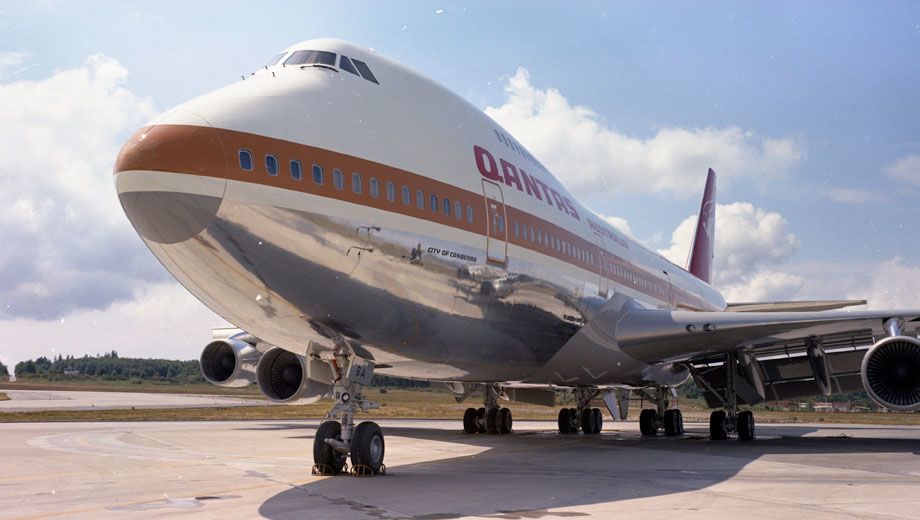
The world got its first glimpse of the Boeing 747 half a century ago, on September 30, 1968, as the first hulking jetliner rolled out of a factory in Everett, Washington, which had been built to produce the aircraft.
Ever since, people have not stopped gawking at the iconic humpbacked aircraft, whose stately lines resemble those of a cruise ship, and which shrank the globe and transformed long-distance air travel.
The 747's design defied the wishes of launch customer PanAm and the cost almost bankrupted Boeing. But the jumbo jet shrank the globe, introduced concepts and technologies that forever changed long-distance travel, from twin aisles to inflight entertainment. Boeing went on to sell 1,568 of the aircraft as it was redesigned and updated over the decades.
This pictorial history shares some of the highlights of the Boeing 747's 50 year journey.
Crowds of people gathered to see the 747 roll out of the factory for the first time, with Boeing saying some 50,000 people had had a hand in bringing it to life – from construction workers, engineers and mechanics, to secretaries and administrators. The team – led by Joe Sutter, Boeing's fiery tempered chief engineer – was dubbed “The Incredibles.”
The mighty 747 was launched with a handshake agreement between the CEOs of Boeing and PanAm, in anticipation of a surge in passenger traffic and increasingly crowded skies.
But the plane wasn’t the one PanAm had in mind when it placed the order. Juan Trippe, the airline’s founder, had envisioned an 'aerial ocean liner' – a double-decker, single-aisle aircraft seating 400 people.
To Sutter, Trippe's insistence on the single-aisle design doomed the chances for the big plane's success – although Boeing only planned for the 747's success to be short-lived, as many in the aviation industry believed that supersonic was the future of air travel. Faster, not larger, would be the new order of long-range routes.
To this end, Boeing was developing its own supersonic jet – the futuristic Boeing 2707 supersonic transport, also known as the Boeing SST or "the American Concorde".
"The thinking at that time was when Concorde and the SST went into service, people would want to fly on them, and they wouldn’t want to fly on an airliner that was subsonic," reflects Mike Lombardi, Boeing’s resident historian.
Also read: The supersonic Qantas Boeing 2707 jet that never flew
“Sutter realised that, one day, these (747) planes would have to become freighters" says historian Lombardi.
This meant adopting a cargo-friendly design in which the 747's nose could be swung up for front-loading of bulky containers, which in turn required that the cockpit be located in a hump above the main fuselage.
“Making sure the 747 could be a good cargo airplane had a tremendous influence on the design,” says Lombardi.
Lufthansa used a fleet of Volkswagen Beetle cars to demonstrate the loading capacity of its Boeing 747F freighter, in 1972.
Sutter's push for a stretched twin-aisle design – rather than PanAm's vision, which could in modern terms be described as a single-aisle A380 – not only contributed to the 747's commercial success but set the standard for in long-haul jets.
With so much extra space available, the tell-tale hump on the top deck was quickly fashioned into exclusive lounges, bars and even dining room for first class passengers.
Qantas created the Captain Cook Lounge, named for the British explorer credited with European discovery of Australia in 1770.
The Captain Cook lounge had seating for 15 passengers, a stand-up bar and – Qantas now admits with the benefit of hindsight – "décor that should have come with a volume control."
"Images of James Cook, replica lanterns and even rope was used to give the impression passengers were seated inside a replica sailing ship rather than a brand new widebody jet."
Pan Am turned the jumbo's upper deck into a 'restaurant in the sky' for its first class passengers...
... while United opted for a chic cocktail lounge...
... and Singapore Airlines chose a combination lounge and dining area where the seats could also be converted into 'sleeperettes' once airborne.
Following the oil crisis of the 1970s, airlines jettisoned their optimism and converted the hump's premium real estate into space for adding more seats.
It's less-known that Boeing also envisaged a below-decks lounge in the Boeing 747's spacious cargo hold. Decorated in the now-questionable style of the day, from animal-print furniture to the lurid orange carpet, the aptly-named Tiger Lounge was straight out of the swinging sixties.
Photos: Boeing's groovy Tiger Lounge in the belly of the 747
PanAm's inaugural 747 flight for paying passengers, from New York to London, was preceded by much drama. The service, originally scheduled to depart in the evening of January 21, 1970, was delayed after engine trouble.
A back-up 747 aircraft was called in, which eventually took off almost two hours past midnight, securing its place in the history books with a landing in London on January 22.
The 747’s first flight to London carried Pam Am employees and FAA officials to Heathrow Airport.
Six new Boeing 747 tails are displayed on the embankment of the Boeing Everett Factory in 1970, waiting to be delivered to their respective airlines.
Film technicians at Pinewood Studios set up a miniature air crash sequence for the film The Medusa Touch on August 9, 1977, using scale models of a Boeing 747 and a skyscraper.
The single runway of Hong Kong's Kai Tak International Airport provided a challenging landing for pilots...
... as Boeing 747s glided over the streets of Kowloon, close enough to give sharp-eyed passengers a view into the kitchens and living rooms of some apartments.
NASA's 747 Shuttle Carrier Aircraft takes off from Dryden Flight Research Facility, Edwards, California, with the shuttle Atlantis mounted on its back below left). Test flights with the shuttle started in 1977. Below right, a spectator takes a photo of the Space Shuttle Endeavour mounted on top of a modified 747 as it flies over the Golden Gate Bridge on September 21, 2012.
It wasn’t just NASA that chose the 747 to transport valuable cargo. In the mid-1980s the Reagan administration ordered two 747s to replace the ageing 707s that had been used to transport the President of the United States. George H. W. Bush (left, exiting the plane with wife Barbara in Moscow, 1991) was the first president to benefit from the new Air Force One. Top right, Barack Obama confers with aides on board Air Force One in November 2009. Bottom right, Donald Trump speaks to the press on board, in April 2017.
A Boeing 747-400 – the most successful version of the aircraft, which was built with advice from customers including British Airways, Cathay Pacific, Qantas and Lufthansa – comes in to land at Princess Juliana International Airport on the Caribbean island of Saint Martin in July 2002.
Boeing’s upgraded 747-8 was given an engine overhaul and new wings, at the urging of Lufthansa and Sutter, who despite retirement remained a Boeing adviser into his 80s.
The upgrade proved costly as design changes and an engineering shortage caused by the tardy Dreamliner, left the 747 years behind schedule.
The Boeing 747-8, the latest model of the U.S. plane manufacturer's jumbo jet, being built at the company's plant near Seattle, Washington, on March 31, 2014.
Top, wind-tunnel testing in 2006. Bottom left, a stairway to the upper cabin of the Boeing 747-8 shown in a mock-up of the interior at the Boeing Customer Experience Center in Renton, Washington in 2011. Bottom right, Lufthansa’s 747-8 business class cabin in 2014.
United Airlines’ last Boeing 747 flew from San Francisco International Airport to Honolulu, on November 7, 2017. With the development of fuel efficient aircraft such as the Boeing 777-300ER and Airbus A350, the affectionately named “Queen of the Skies” is losing its charm as a passenger plane. United Airlines had been flying 747s since 1970.
The death of the 747 as a passenger jet has opened up opportunities for cargo carriers keen to snap up used long-range jets at a fraction of their list price, with the 747’s hinged nose flipping open to allow the loading of oversize cargo.
As for the retired 747s not lucky enough to be reborn as cargo carriers, the graveyard beckons. At a vast storage facility in California’s Sonoran Desert, the remains of once-majestic carriers litter the landscape.
Here, the fate of the world’s retired civil airliners is decided by age or a cooling economy. They will either be cannibalized for working parts or sliced up by giant guillotines and recycled for scrap.
The total number of permanently retired or scrapped Boeing jumbos has more than doubled, from 442 in 2010 to 890 this year, according to a Bloomberg Intelligence analysis of Flight Ascend data.
[Story by Bloomberg, additional material by David Flynn]
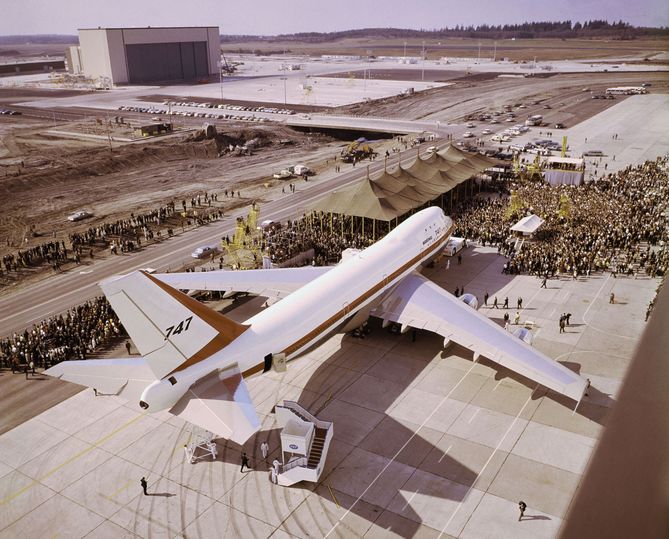
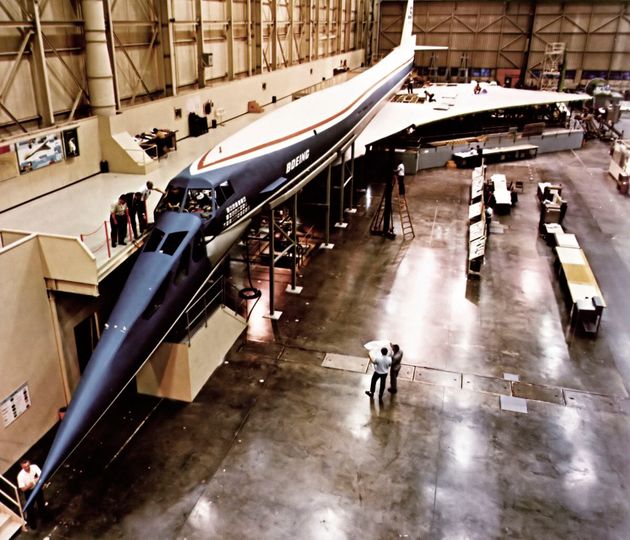

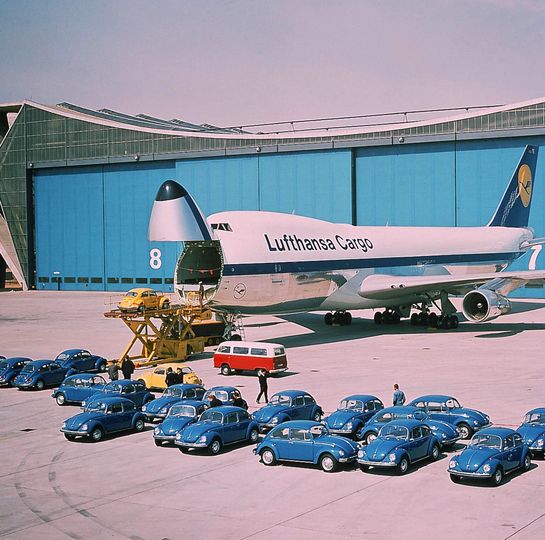
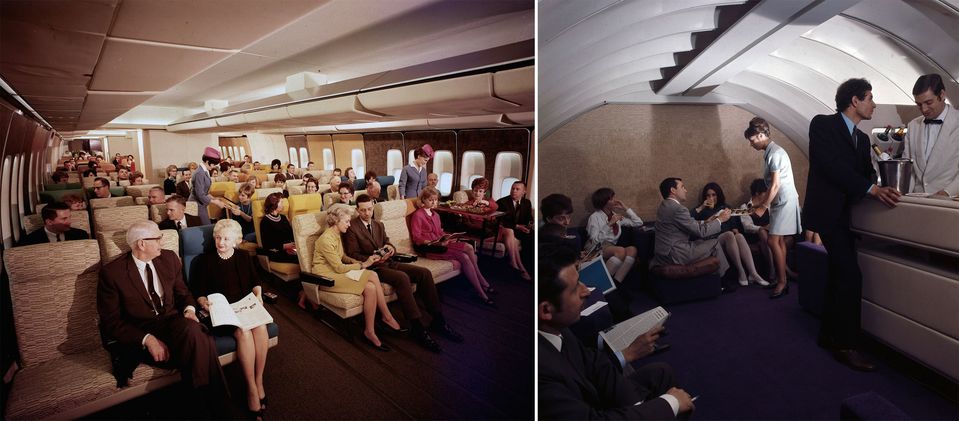
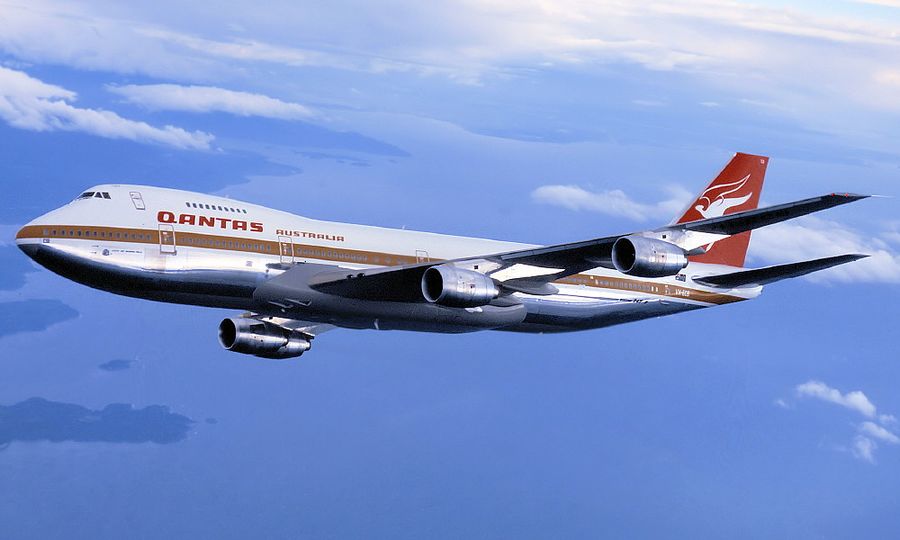
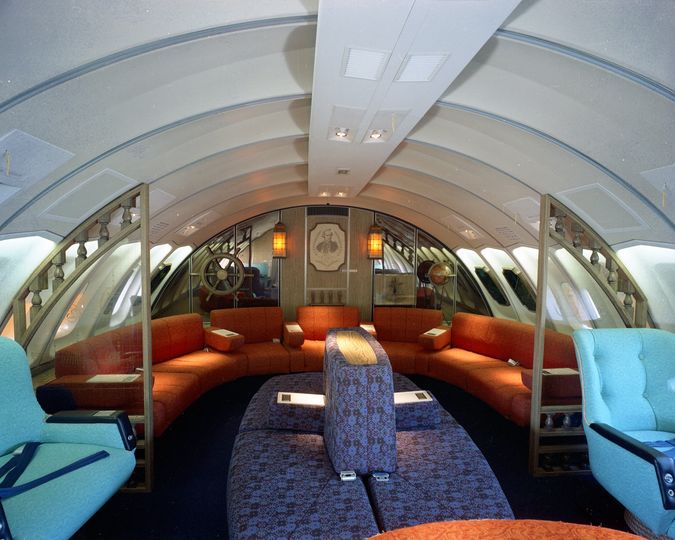
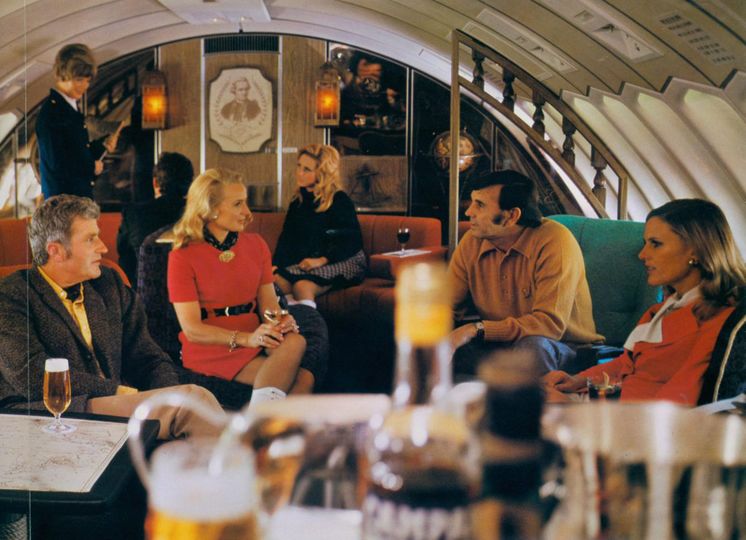
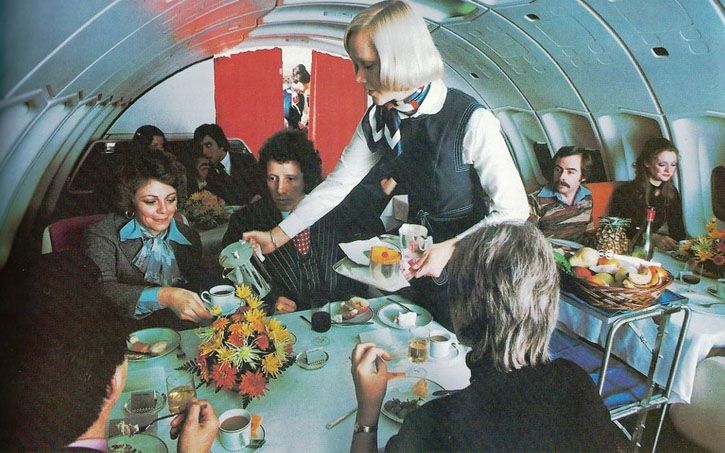



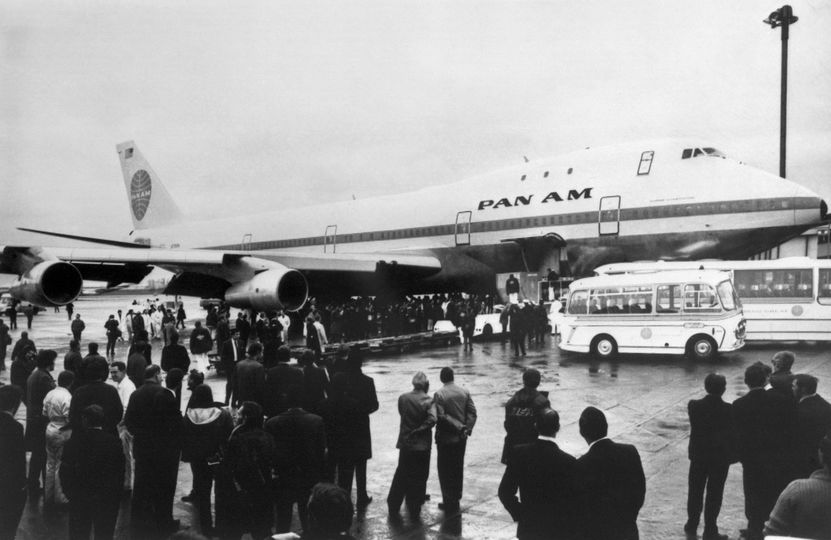
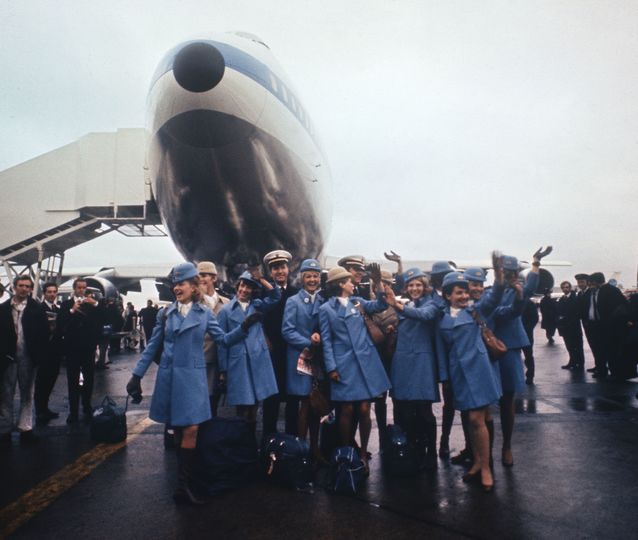
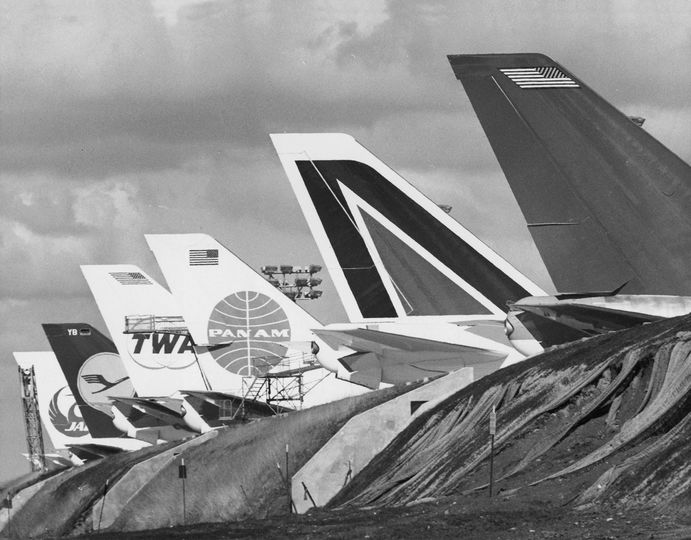
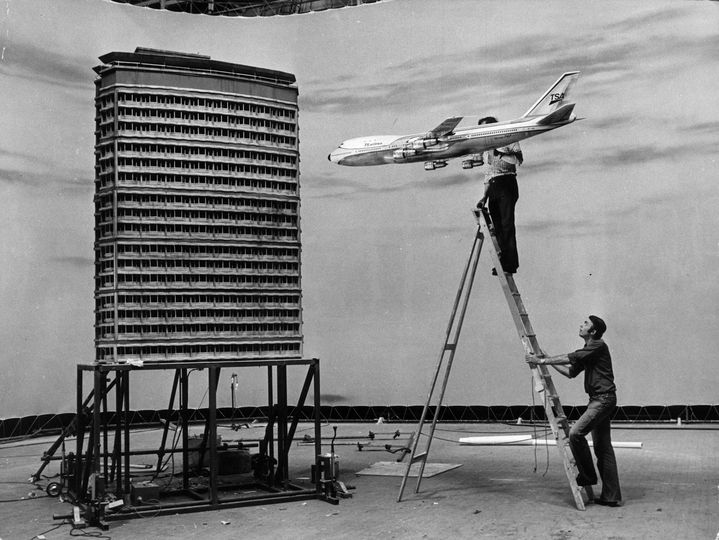
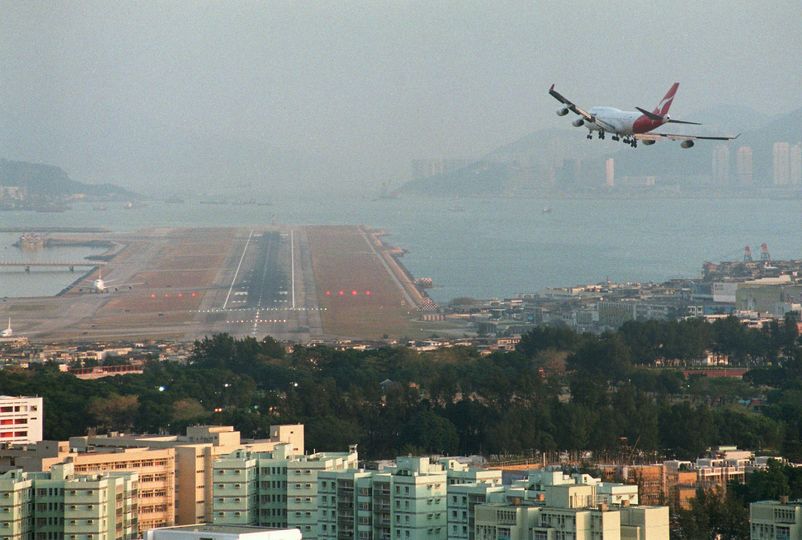
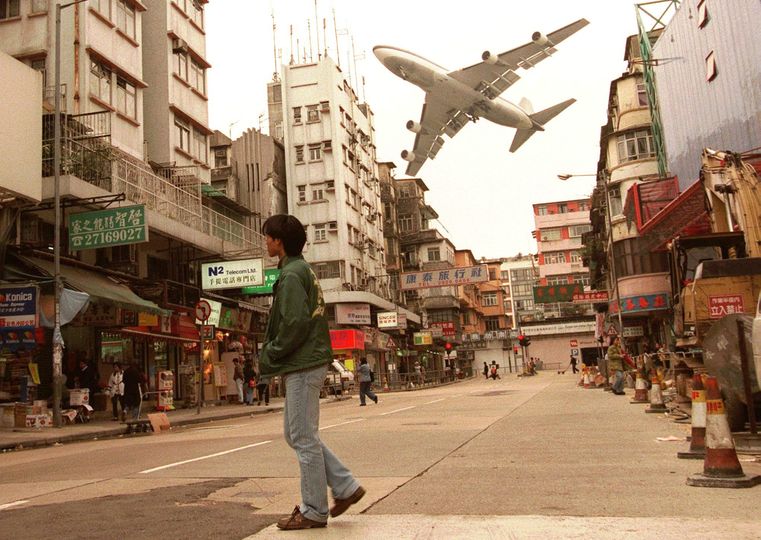
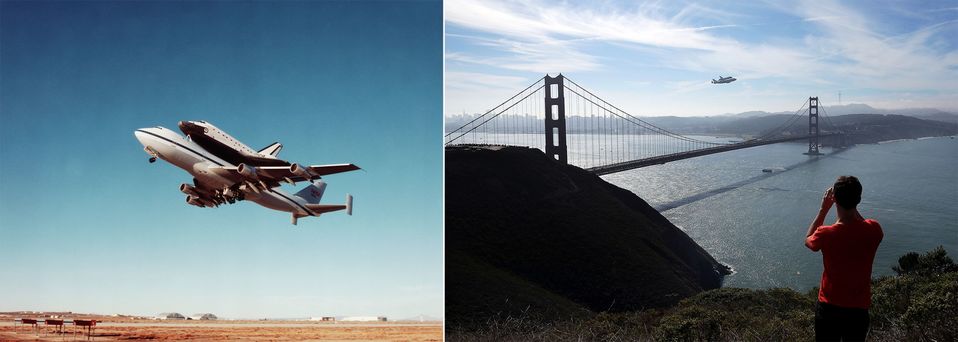
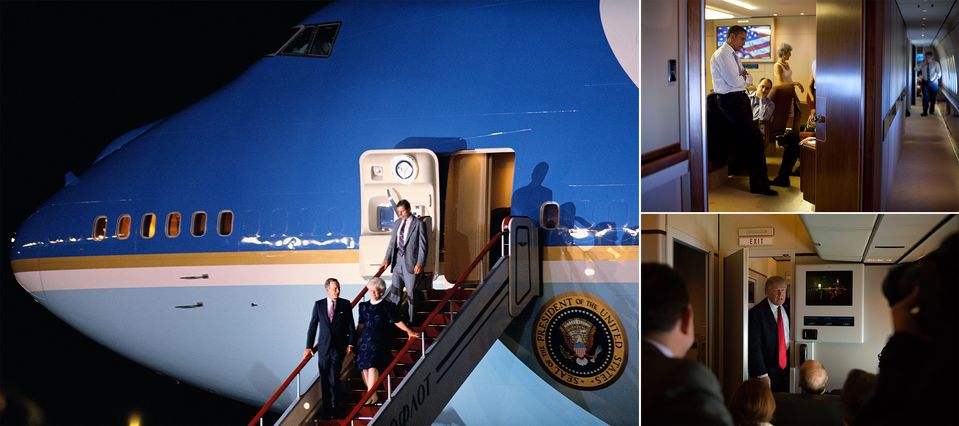
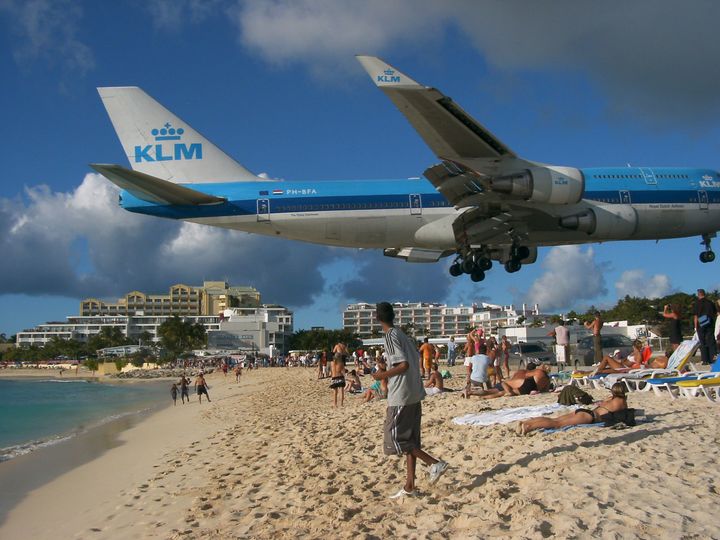
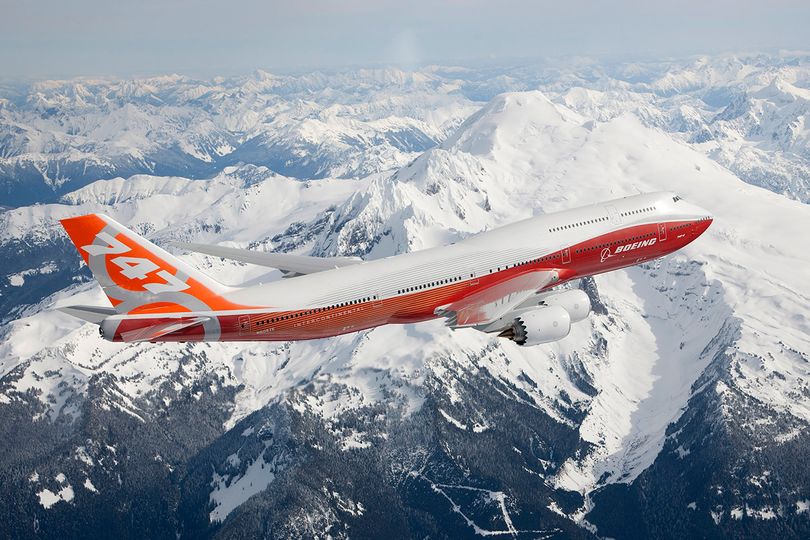
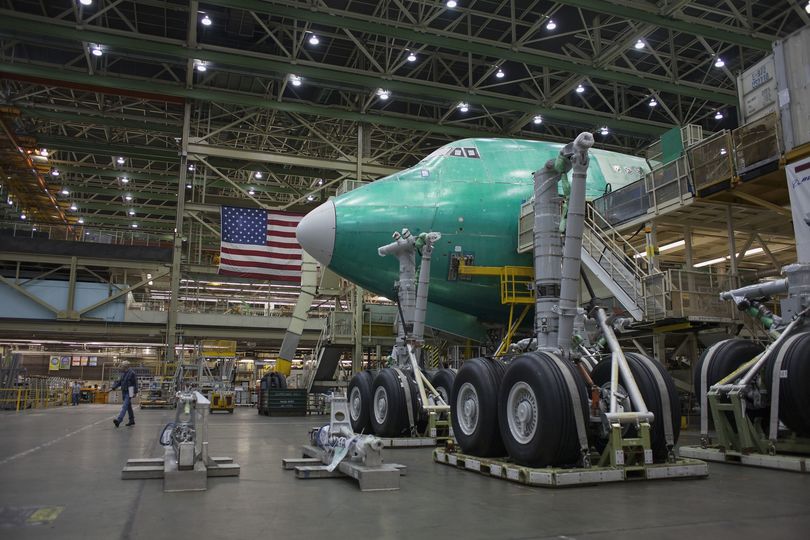
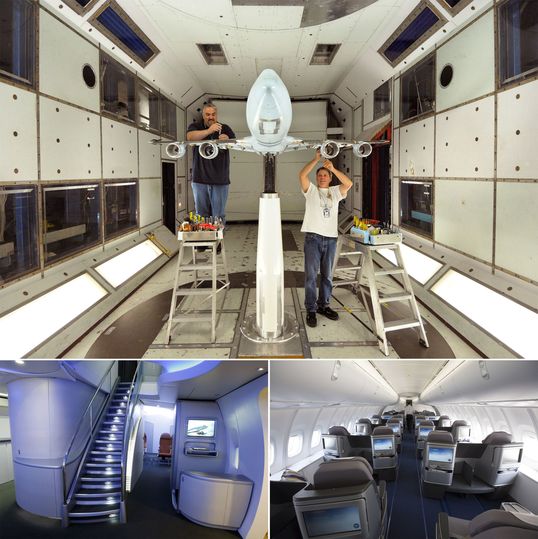
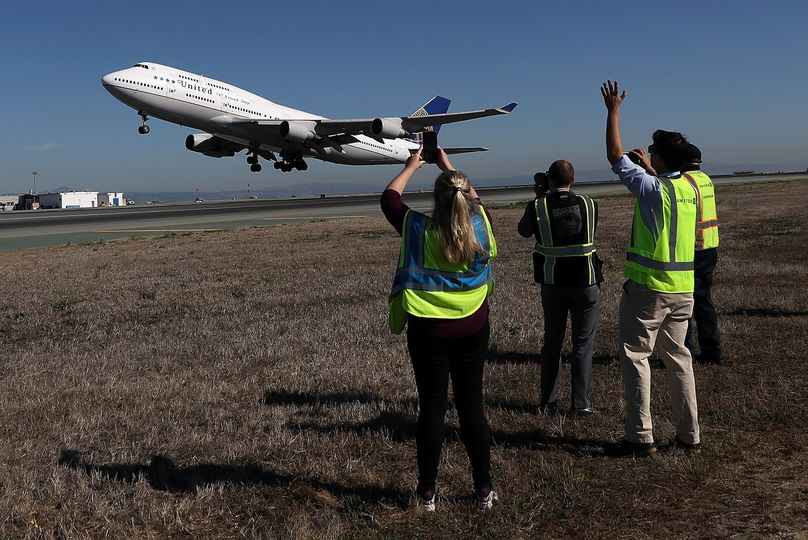
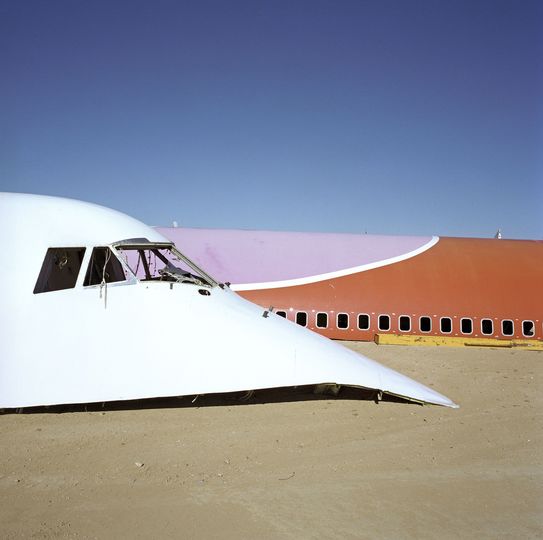

Qantas - Qantas Frequent Flyer
22 Jul 2015
Total posts 219
Recently fly JHB to Sydney. Showing its age but you could imagine the impact it had when it first came out
07 Jan 2016
Total posts 36
For those 747 fans, Qantas will be operating the jet on the following domestic sectors over the next 2 weeks:
Both flights are currently open for booking on the Qantas web site, but please note that the flights arrive and depart from the International terminal in BNE & SYD (not domestic)
Qantas - Qantas Frequent Flyer
11 Nov 2015
Total posts 38
Qantas still use 747’s on QF25 and QF26, SYD-HND.
Qantas - Qantas Frequent Flyer
01 Nov 2016
Total posts 130
Great article. Just flew Qantas 747-400ER on Friday Syd to Scl in J class. Despite an aged aircraft, it sure is iconic. Service was very good. One has to make the most of flying the 747 as the opportunites are limited,
Hi Guest, join in the discussion on The iconic Boeing 747 jumbo jet turns 50: a history in pictures